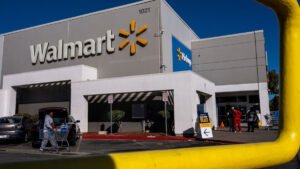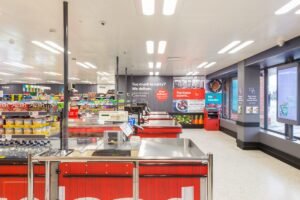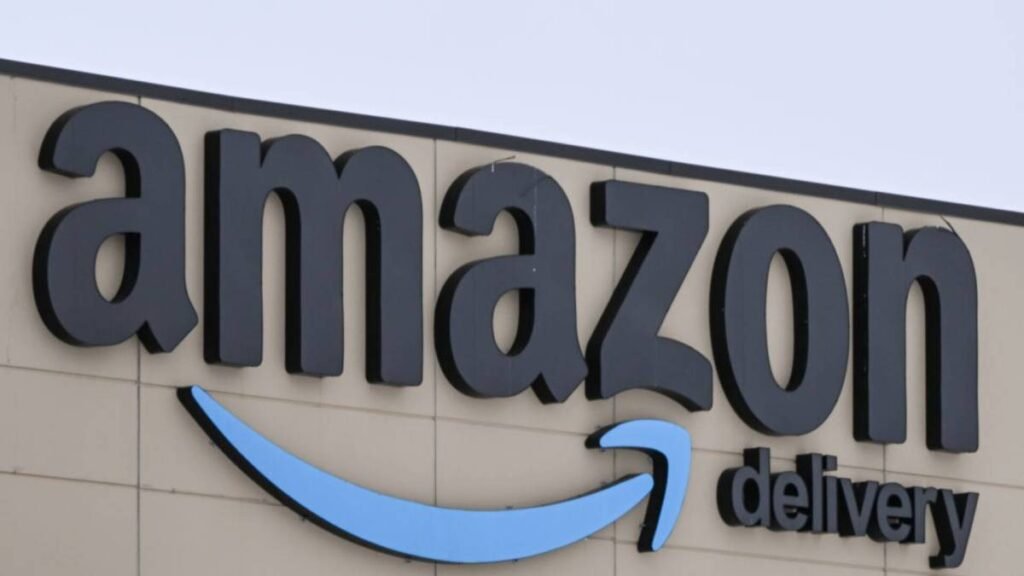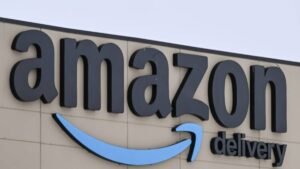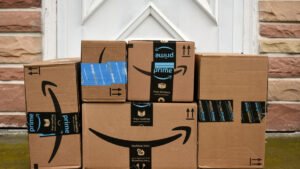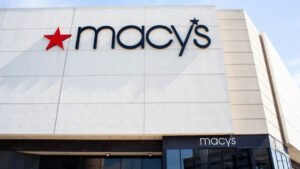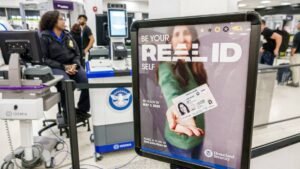If a service like Instacart or Same Day Amazon had existed when my kids were young, life would have been so, so much easier.
There would have been no stress upon realizing I was out of milk, bread, or just about any other essential, because I could have had the items delivered to my house or to my car when I pulled up to the grocery store.
Instead, when I was low on needed groceries, it meant loading the kids into the car and hauling them to the store. Ugh.
💰💵Don’t miss the move: SIGN UP for TheStreet’s FREE Daily newsletter💰💵
Now my kids drive themselves to get whatever food they need, so that stress is gone. And when I don’t have time to get to the store, I just order groceries on Instacart. Honestly, it’s magic.
At first I was skeptical that the Instacart shopper would choose produce that would be up to my standards, but I’d give the service a solid “A” so far.
For the last couple of years I’ve generally picked up the groceries at my local grocer but have also had orders delivered. Delivery is quickly becoming my preference because, convenience.
Amazon is doubling down on same-day grocery delivery
Now, Amazon is stepping up its grocery game, too, offering same-day delivery of fresh groceries to customers in more than 1,000 U.S. cities and towns, with plans to expand to over 2,300 municipalities by the end of the year.
For consumers, the move offers a new level of convenience in online grocery shopping — and it signals a potential shake-up in the industry.
Same-day delivery has long been a key differentiator in e-commerce, but it has taken decades to become widespread. Online grocery delivery first emerged in the late 1990s with services like Webvan and Peapod, which offered home delivery but faced high costs and logistical challenges that limited adoption.
More retail:
- Costco quietly gives Apple buyers better deals and perks
- $4 Trader Joe’s bags are going viral (again), so grab one while you can
- Starbucks’ latest closure is another hit for an embattled city
Plus, those options were limited to certain cities.
In the 2010s, as smartphones and apps became ubiquitous, major retailers such as Walmart, Kroger, and Target began offering delivery and curbside pickup, and third-party services like Instacart expanded rapidly.
Amazon’s acquisition of Whole Foods in 2017 further accelerated growth, combining physical stores with online ordering.
Then came the pandemic.
Lockdowns and social distancing triggered an explosion in online grocery shopping — I’m sure I’m not the only one who had to wait in line to get into my local Trader Joe’s or Raley’s because the stores limited the number of people who could be in the store at any one time.
From 2020 to 2022, contactless delivery became a necessity for millions of households, pushing same-day and next-day grocery delivery into the mainstream.
Today Amazon, Walmart, Instacart, Kroger, and DoorDash all offer fast, reliable delivery of both perishable and nonperishable items, making convenience a central focus of the grocery market.
Related: Walmart gives employees a generous new perk
The recent announcement from Amazon, bringing same-day delivery of fresh groceries, is a major milestone in this trend.
Customers can now order items such as produce, meat, dairy, and pantry staples and receive them within hours. For busy households or those looking to minimize trips to the store, the service is a godsend.
According to the Amazon announcement:
For Prime members, Same-Day Delivery is free for orders over $25 in most cities. If your order doesn’t meet the minimum, you can still choose Same-Day Delivery for a $2.99 fee. For customers without a Prime membership, the service is available with a $12.99 fee, regardless of order size.
Instacart’s pricing structure is a little more complicated, since the cost varies depending on whether you’re a member. Membership costs $99 per year or $9.99 monthly. Members get free delivery on orders over $35 and reduced service fees.
The Amazon announcement sent ripples through the stock market.
Instacart built its business around grocery delivery and saw its shares drop more than 11% the day Amazon made the news.
Other grocery and delivery companies — including Kroger, Walmart, Albertsons, Uber, and DoorDash — experienced smaller declines, all under 5%. The market reaction highlights how Amazon’s expansion could reshape the grocery delivery landscape.
Instacart is leaning in on technology
Instacart has been working to evolve beyond its original model, positioning itself as an omnichannel technology provider and retail media network.
Features like “smart carts” help grocers and advertisers connect with shoppers online and in-store.
Still, the company relies heavily on grocery delivery, making it vulnerable to Amazon’s growing e-commerce reach.
For consumers, the expansion is largely positive.
The competition should improve service times could offer potential cost savings. Shoppers may see new promotions, loyalty perks, and technology-driven conveniences such as improved delivery tracking and personalized shopping experiences.
Amazon’s same-day grocery delivery expansion builds on a decades-long evolution of online grocery shopping, offering unprecedented convenience and faster access to fresh foods. At the same time, it intensifies competition across the sector, signaling a rapidly changing market where only the most agile players will thrive.
Related: Amazon pulls the plug on a free service for customers


